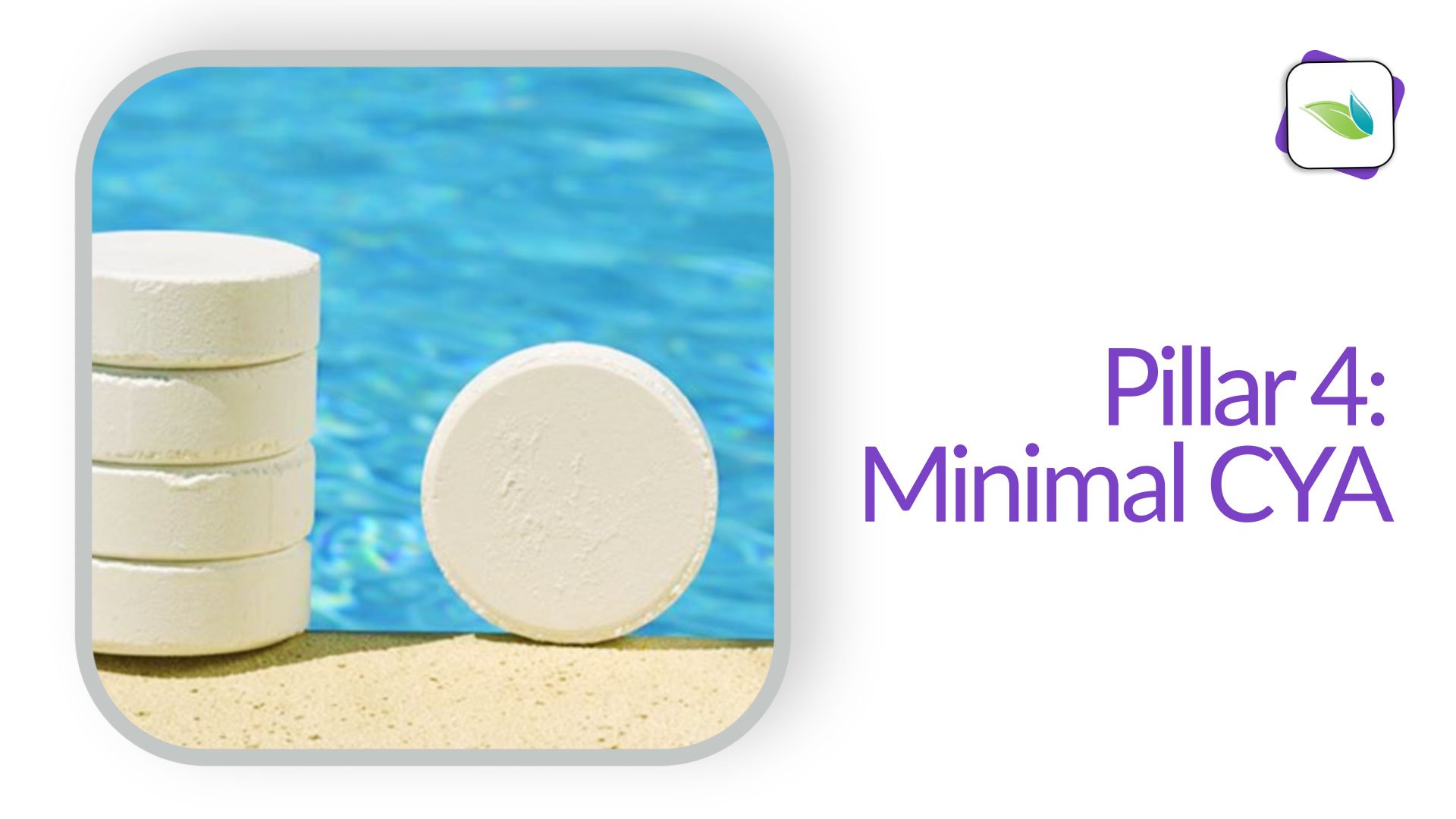I hope this doesn't come across as un-trusting, or arrogant, I'm just trying to learn. .... TFP says I should have my CYA at about 80ppm, the link above says that will put my chlorine at being pretty much completely ineffective.
Nothing wrong with questioning the TFP guidance. You SHOULD do that.
I've read the Orenda article and I don't see where they say that at 80ppm your chlorine will be ineffective. Can you point me to the passage you're referring to?
Meanwhile, the article seems to be written for commercial or public pool operators, whose risks and requirements are very different from residential pool owners.
For residential pool owners, the seemingly rhetorical questions Orenda asks in the article have answers that don't match what they're implying:
CYA dramatically plummets the percentage of strong chlorine (HOCl). What do you think that does to your sanitizer's strength?
It does nothing terrible. Without CYA, I'd only be able to put a max of around 4ppm FC in my pool without causing severe bather discomfort. That would give me many times more HOCl than I need to keep my pool sanitized and algae-free -- at first -- but it would quickly fade and need to be replenished hours later. By adding CYA, I can raise my FC to 8 ppm (or even 20 ppm) without causing discomfort -- because only a small percentage of FC at a time is present as HOCl -- and that will give me around 2x-3x the necessary level of HOCl, which will fade very slowly and not need to be replenished for at least a day. CYA wins.
What does that do for the killing power of chlorine?
It slows the process. But that's ok, because the chlorine still kills faster than bacteria and algae can multiply. So it disinfects as completely as if there were no CYA in the water.
So if you have 100 ppm CYA, which is not uncommon at all, your new minimum free chlorine to prevent algae is 7.5 ppm! Can you sustain that?
Of course I can. I have 50 ppm CYA in my pool now, and I maintain around 8 ppm FC. It's no trouble whatsoever, since all I have to do is keep ahead of the FC loss, which is only around 2 ppm/day for FC between 4 ppm and 16 ppm.
With CYA over 15ppm, disinfection [of Cryptosporidium specifically, not other parasites or bacteria or viruses] becomes not only impractical, but it also becomes virtually impossible. Sure, you could do it, but the levels of free chlorine and time that would be needed are insane.
It's true that if someone with diarrhea swam in my pool and infected it with Cryptosporidium, it would take days of SLAM levels of chlorine to be sure that at least 99.9% of it was killed. But a) nearly everyone who swims in my pool lives with me, so if they're sick I'm probably also sick anyway, b) everyone who swims in my pool knows not to do so if they have diarrhea, c) if there were an incident, I can close my pool and superchlorinate it for a week, no problem. Wouldn't even cost more than a good dinner.

.png) blog.orendatech.com
blog.orendatech.com

.png) blog.orendatech.com
blog.orendatech.com



